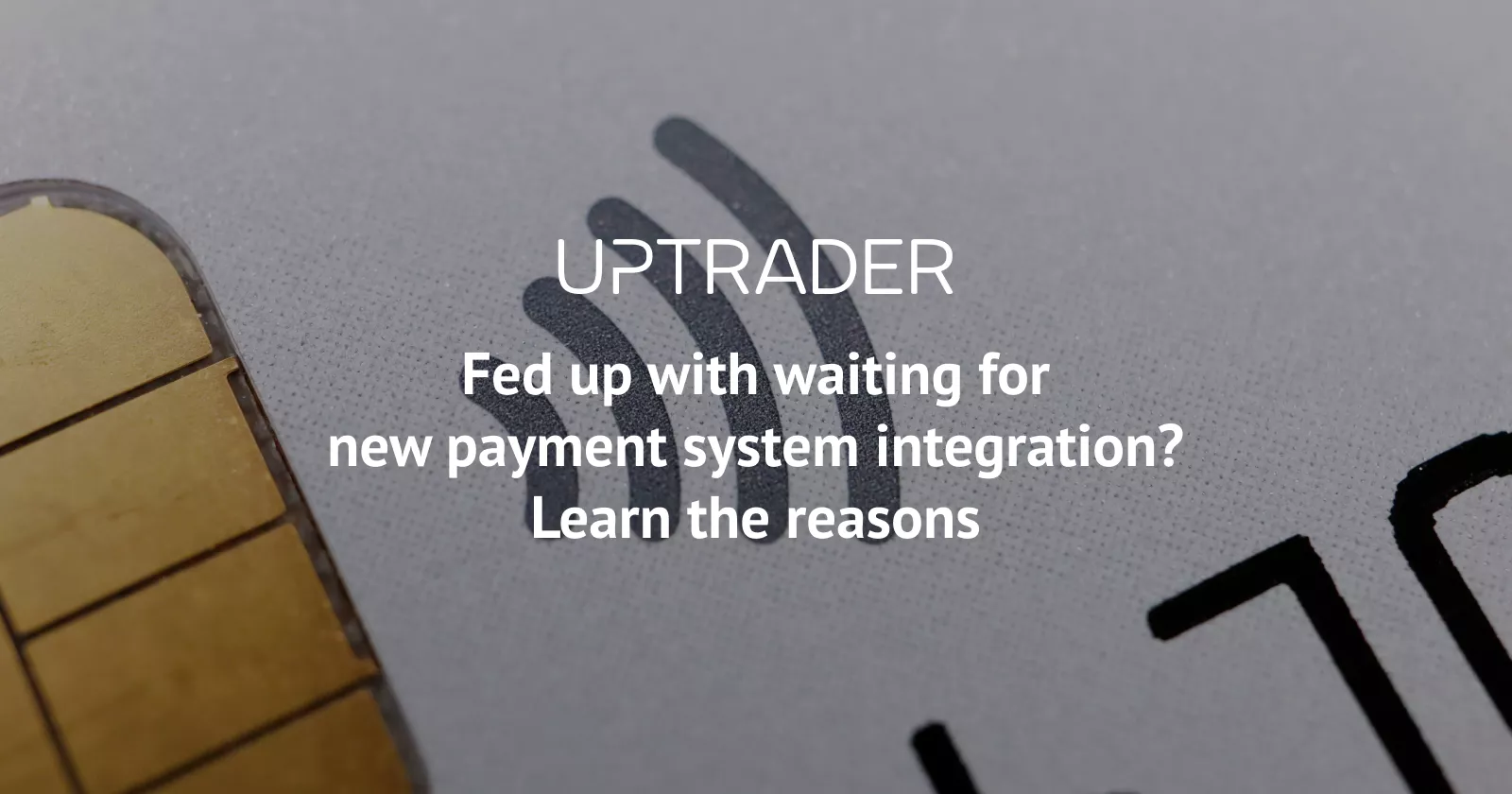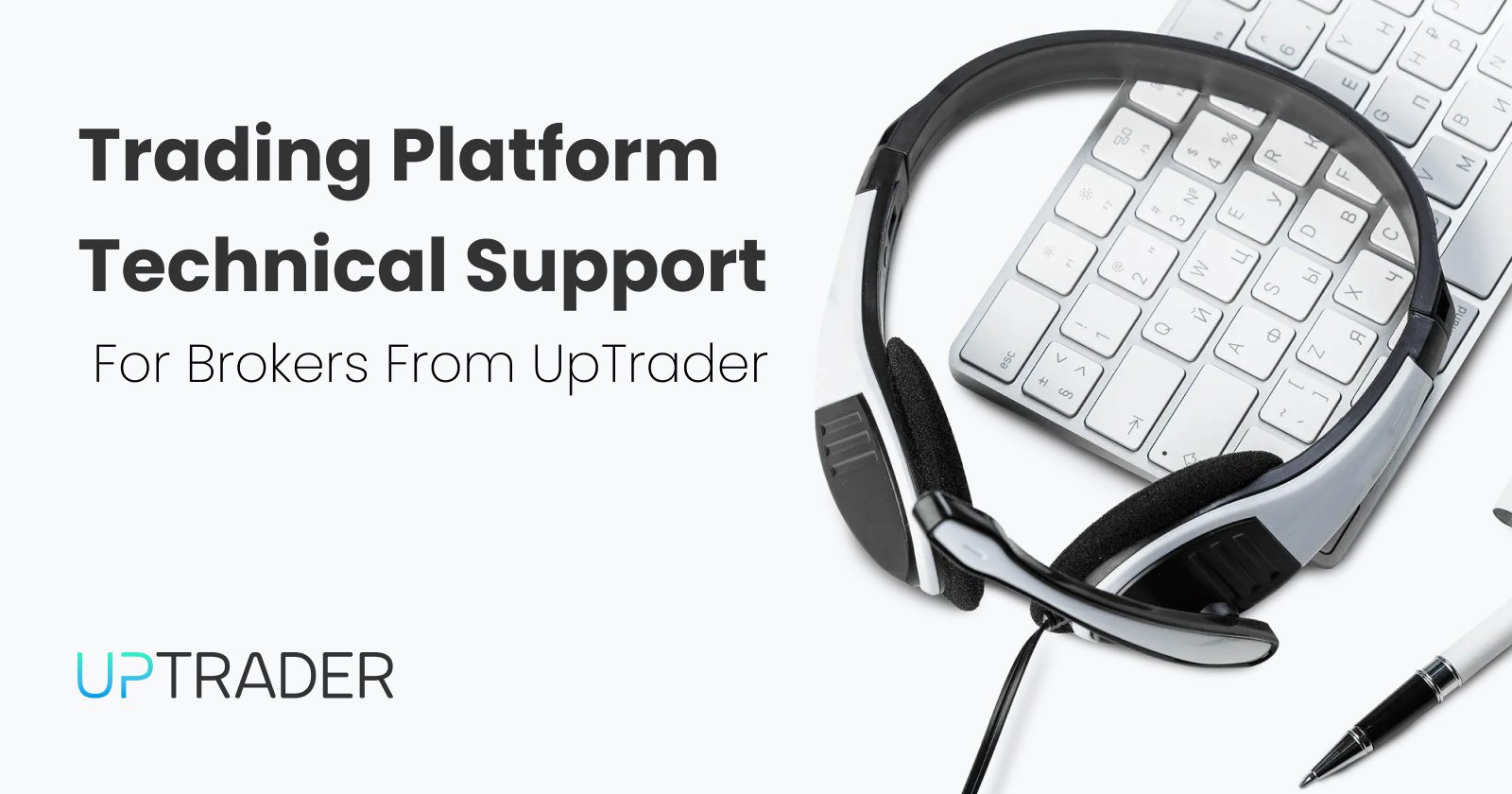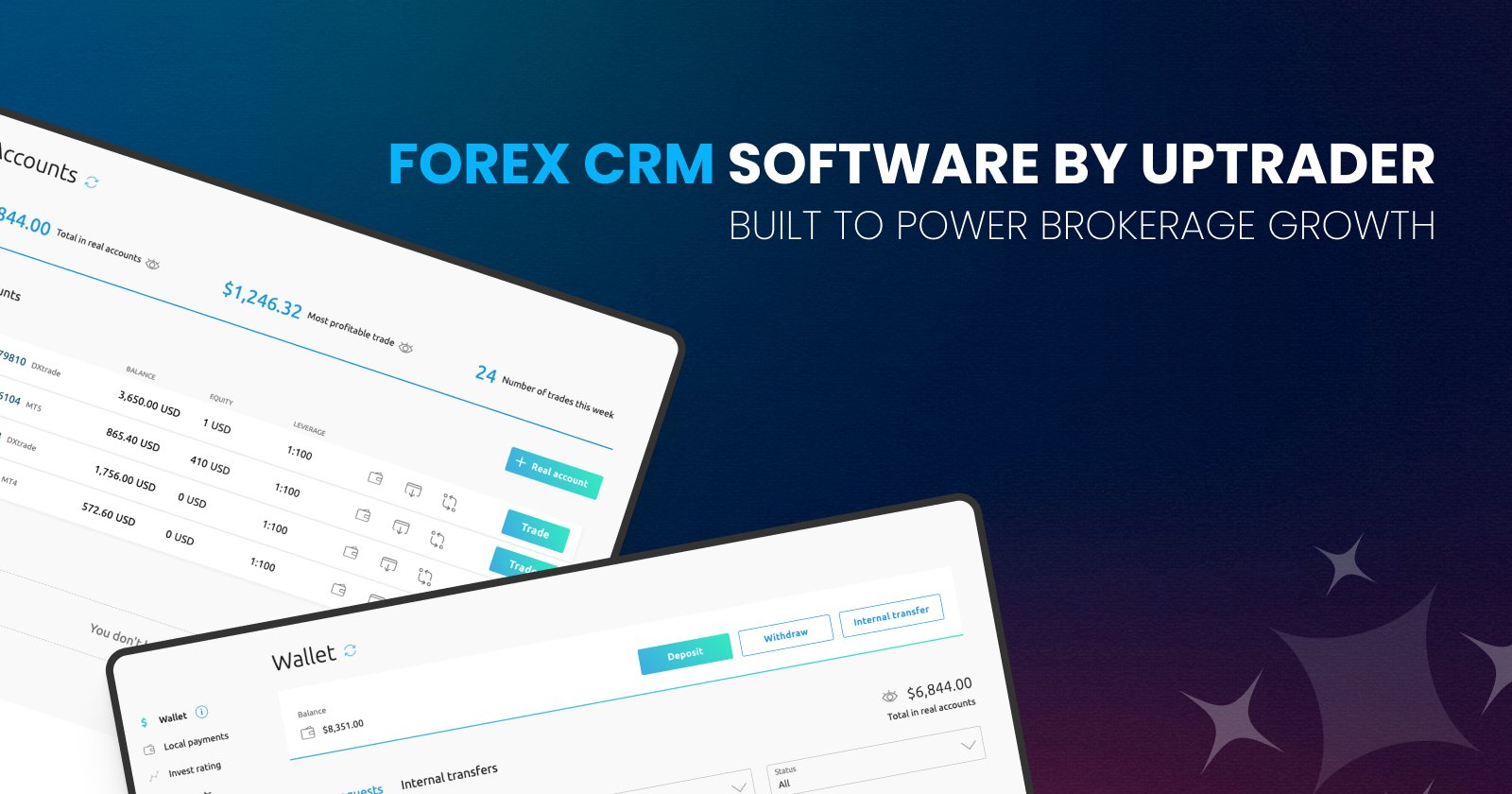Let's clear why integration of new payment method can take forever

Share this publication:
Payment system integration is quite routine for our company, we do it regularly. Despite the fact that UpTrader CRM already has more than 50 payment systems integrated, each new client always asks to add another one. This is not a problem, we have a process for it. However, a recent pattern has emerged that has caused significant delays in our cozy, well-honed integration process. Before, it took no more than 2 weeks, and now it can stretch up to 3 months. According to our observations, if a request to add the same payment comes from two different clients two weeks apart, then it will be difficult to integrate it. And here's why.
First, we have already added all the good payment systems: Appex, Skrill, B2BinPay, CoinBase, FasaPay, help2Pay, Neteller, Payeer, PayZa and so on. This means that when a request for a new one comes in, it will most likely be a small local company that will require a lot more of our attention because of their non-standard code or limited resources on their part. In addition, there is a high probability that no one except one or two customers will use it.
Second, such payment systems often have incomplete API documentation, making the integration process very difficult. Written poorly by young developers, they require significant resources from our side to make them work, which may involve rewriting large sections of code to adapt to their non-standard API.
Third, the payment system’s support team may take a long time to respond to our requests, because they receive a large number of simultaneous requests and do not have enough time to process them.
As we see it, this often happens when an advertising campaign is launched. A new payment system is released, and they want to quickly attract customers. An advertising campaign is launched offering lower than usual commissions, for example, 5%, and starting from a certain volume, 3%. Brokers respond to this ad. And since the campaign is held within a certain timeframe, the support team receives many requests simultaneously and simply cannot cope with the flow. As a result, the response time increases with each new request, since the resources of the support team are limited. Depending on the success of the campaign, the integration time can stretch up to 3 months. Clients don't see the other side of the equation and get nervous that a profitable payment system cannot be launched.
Another option is also possible, a much simpler and more likely one:
A new payment system emerges, not requiring any KYC compliance or with very low KYC standards. Brokers start plugging in because no one wants to comply with KYC. Everyone wants to connect this payment system as quickly as possible, which again leads to a technical support collapse on the side of the payment system itself, because it is often poorly developed as well. All in all, after all the fuss and agonizing waiting times, we consider it a good result if it does not close after 2-3 months. It is much more frustrating, however, if it does and then all that effort is wasted.
A few tips
If the ad campaign is super profitable, be prepared to save money but lose time. Apart from you, many companies responded to the campaign, which means that the integration on the side of the payment system will not be fast. Do not alert your clients that you have a new payment system until you have tested it yourself. Be patient, everything will be fine. If the KYC requirements of a payment system are suspiciously low, be prepared for it to cease to exist in a few months. So don't bet too high on it in your road map.







